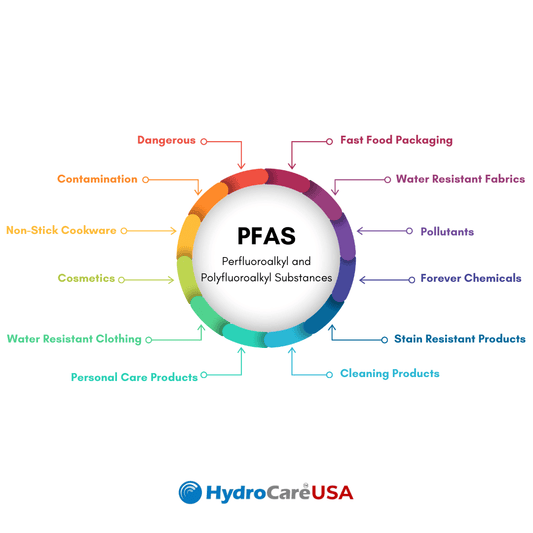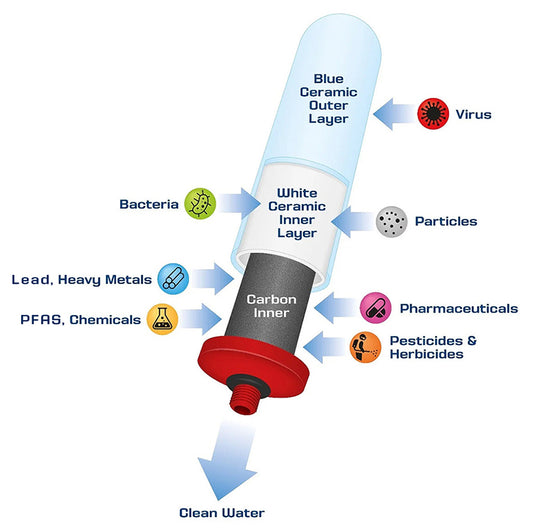Blog

PFAS: the ‘forever chemical’ problem
The PFAS results from Consumer Reports tests are particularly troubling. Manufacturers use PFAS to make stain-resistant fabrics and carpets, water-repellent clothing, nonstick cookware, and hundreds of other common products. The...
PFAS: the ‘forever chemical’ problem
The PFAS results from Consumer Reports tests are particularly troubling. Manufacturers use PFAS to make...

VINYL CHLORIDE AND CERAMIC FILTER
Vinyl Chloride is a lab-made chemical commonly used in making plastics, namely PVC for the ubiquitous pipes inside homes and buildings. It’s a volatile organic compound, a group of chemicals...
VINYL CHLORIDE AND CERAMIC FILTER
Vinyl Chloride is a lab-made chemical commonly used in making plastics, namely PVC for the...

3 Benefits of Installing a Whole-House Water Fi...
If you’re ready to eliminate the full range of additives and pollutants from your household tap water, consider a whole house water filter system. Clean filtered water not only provides you with great-tasting drinking water...
3 Benefits of Installing a Whole-House Water Fi...
If you’re ready to eliminate the full range of additives and pollutants from your household tap water,...

Be on the alert for Lead Contamination
Lead contamination poses a serious threat to drinking water safety. Both U.S. Environmental Protection Agency (EPA) and the Centers for Disease Control and Prevention (CDC) agree that Lead is harmful...
Be on the alert for Lead Contamination
Lead contamination poses a serious threat to drinking water safety. Both U.S. Environmental Protection Agency...

Taking the Guesswork Out of Home Water Filtration
As the United States continues to experience a crisis with aging water distribution systems, you’ve probably spent some time wondering what’s in your own home’s water supply. The thought that...
Taking the Guesswork Out of Home Water Filtration
As the United States continues to experience a crisis with aging water distribution systems, you’ve...

You Need Iron...Just Not in Your Water
Iron is important for proper blood flow and energy. We get the iron we need each day from things like green, leafy vegetables. At first thought, it may seem fine...
You Need Iron...Just Not in Your Water
Iron is important for proper blood flow and energy. We get the iron we need...
